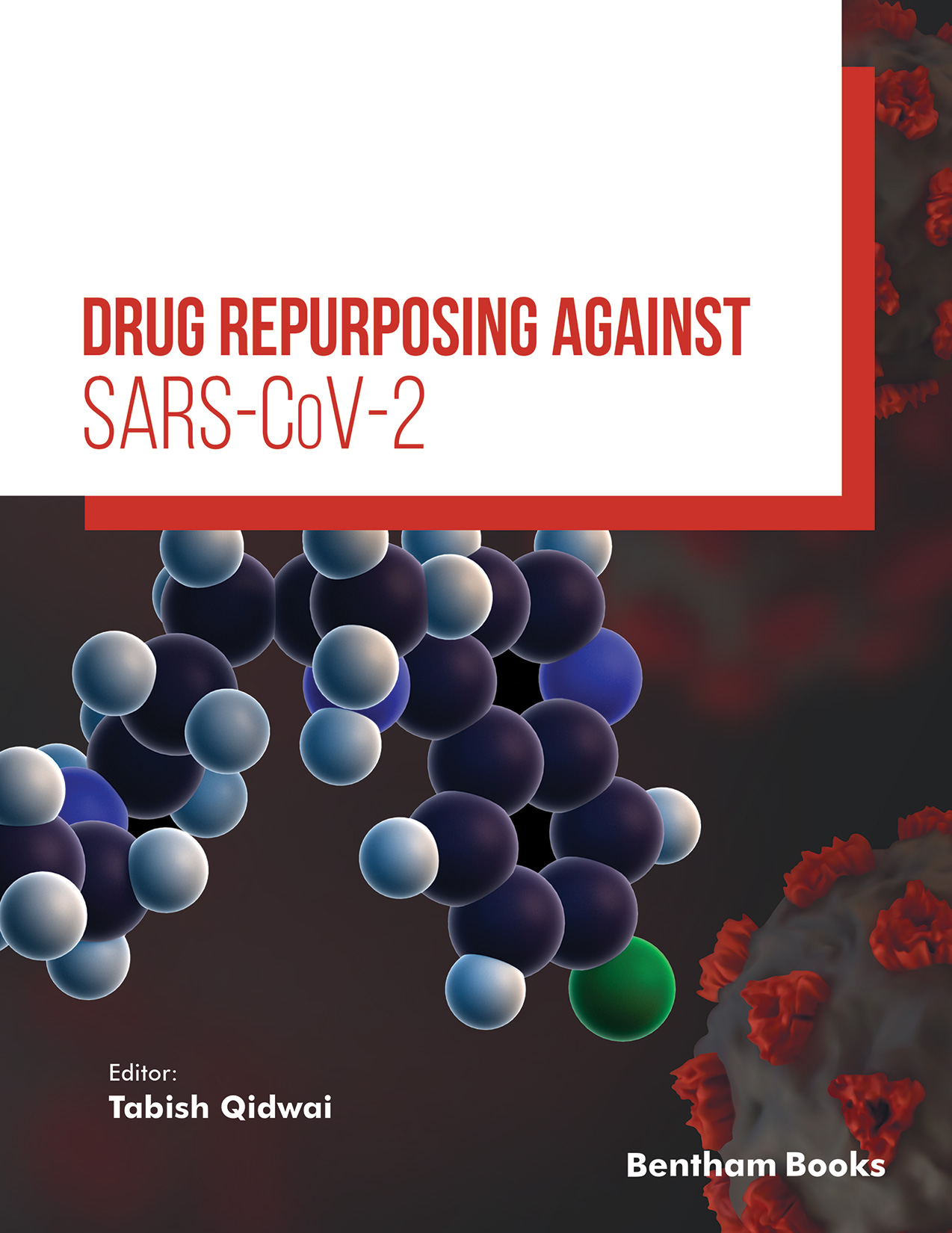Introduction
Drug repurposing is a cost-effective method of discovering new treatments for diseases than traditional drug development methods. It involves virtual screening of chemical candidates with the aid of computational methods like molecular docking.
Drug Repurposing against SARS-CoV2 focuses on current trends in drug repurposing against the novel coronavirus strains. The book aims to give readers an overview of drug repurposing against COVID-19 and various techniques involved in the process. The book consolidates available information on the pathophysiology, drug targets, and drug repurposing against COVID-19 into a single, convenient resource.
Key features
- An up-to-date compilation of the evidence that supports the drug repurposing for COVID-19.
- How to use repurposing of available drugs for disease therapy.
- Provides an improved understanding of pathophysiology and SARS-CoV2 viral entry pathways.
- Provides references for further reading
Audience:
Undergraduate and postgraduate students with a medical background, research scholars, and scientists working in the area of infectious diseases.

